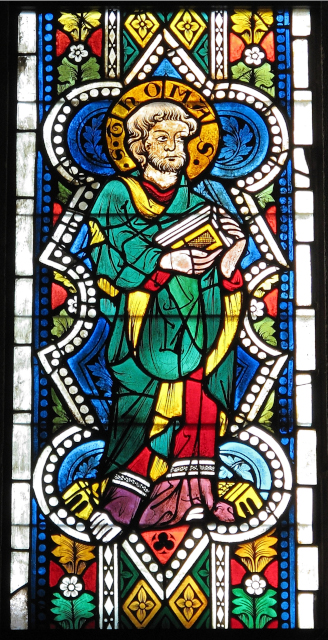In 1945, an Egyptian farmer unearthed a trove of ancient documents, sealed in a jar and buried in a graveyard near the town Nag Hammadi. Among other documents, the jars contained 52 early Christian texts. These works were likely hidden away in response to an increasingly strict canonization of the Gospels—the buried texts were a few of those that hadn’t made the cut. But they provide a fascinating insight into the early, often divergent, period of Christian doctrine, particularly the Gnostic tradition. Perhaps most important among them was the Gospel of Thomas, a collection of sayings mainly attributed to Jesus Christ.
The Gospel of Thomas was allegedly written by ‘Didymus Jude Thomas,’ a ‘brother of James,’ alluding to a possible brother (or even twin brother) of Jesus. Its accuracy and meaning are still hotly debated and mostly a matter of personal opinion. To help you form your own opinion, Professor Dale B. Martin gives a more detailed look into the Gospel of Thomas, its context, and the theological debates surrounding it.
About TOTA
TOTA.world provides cultural information and sharing across the world to help you explore your Family’s Cultural History and create deep connections with the lives and cultures of your ancestors.


